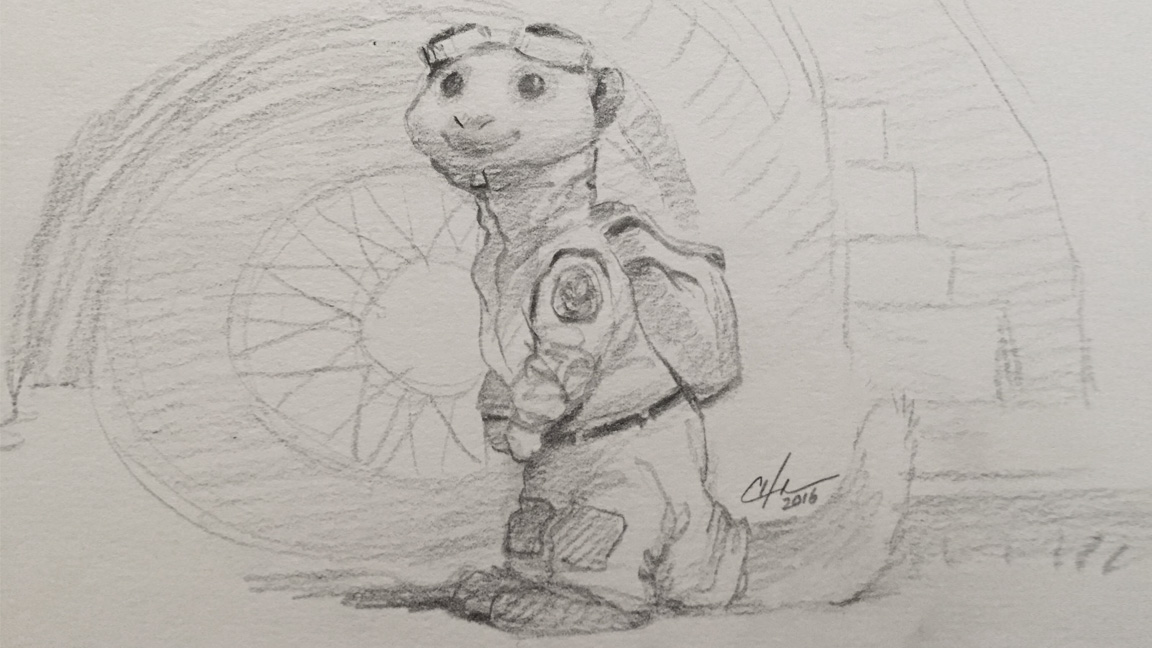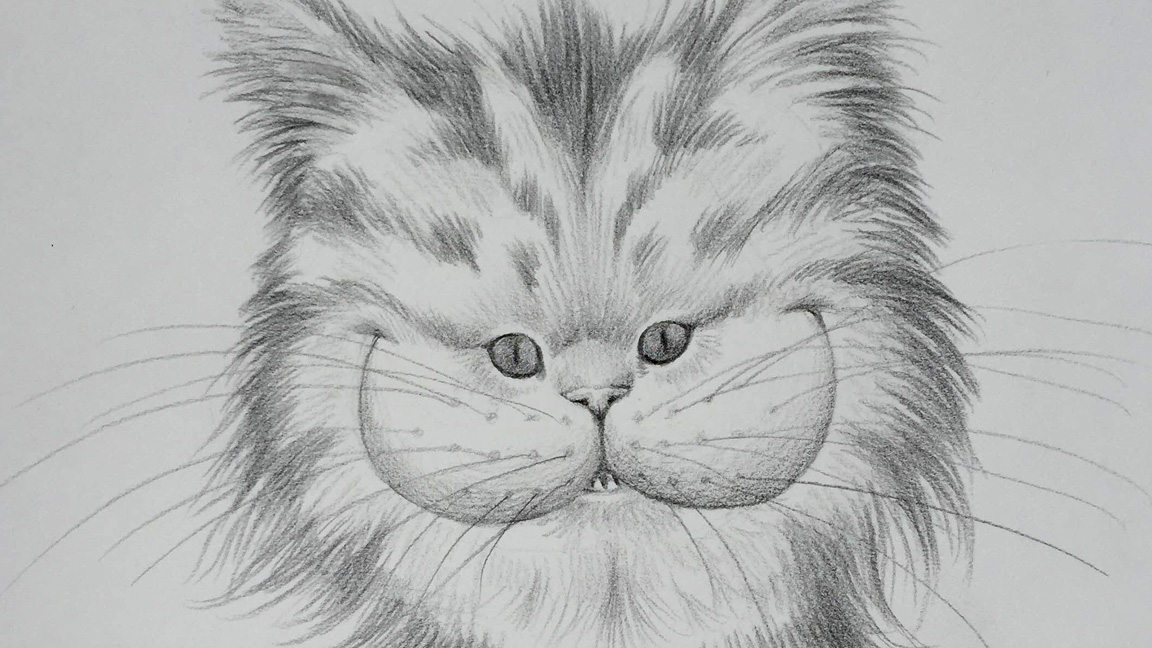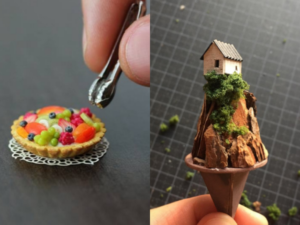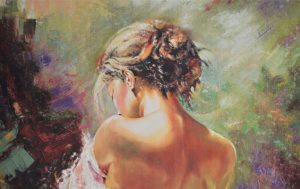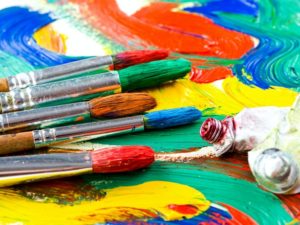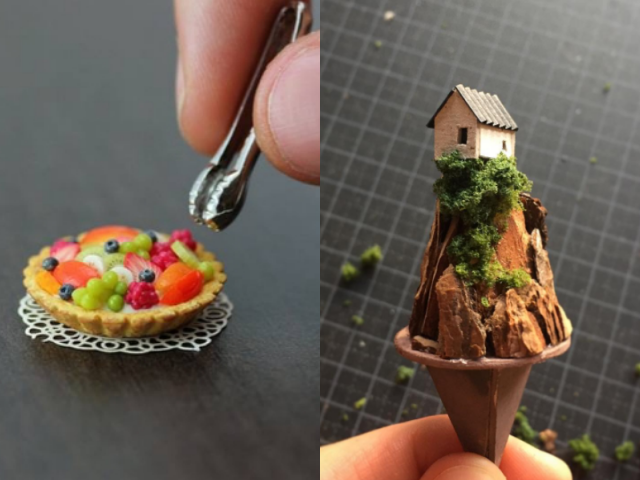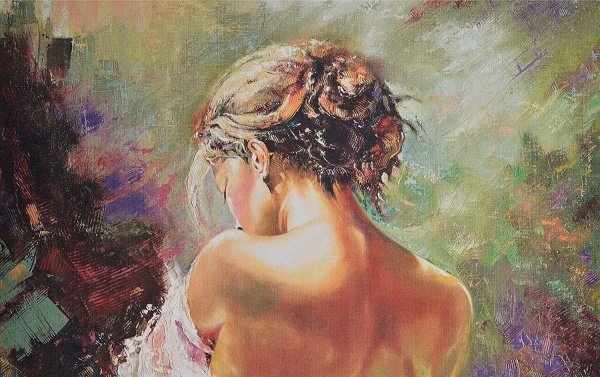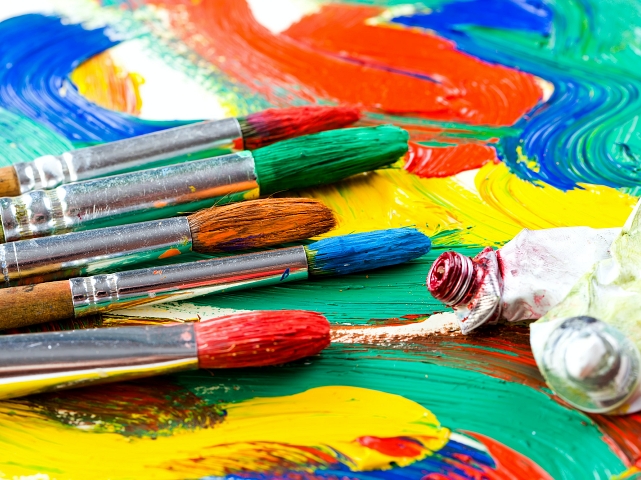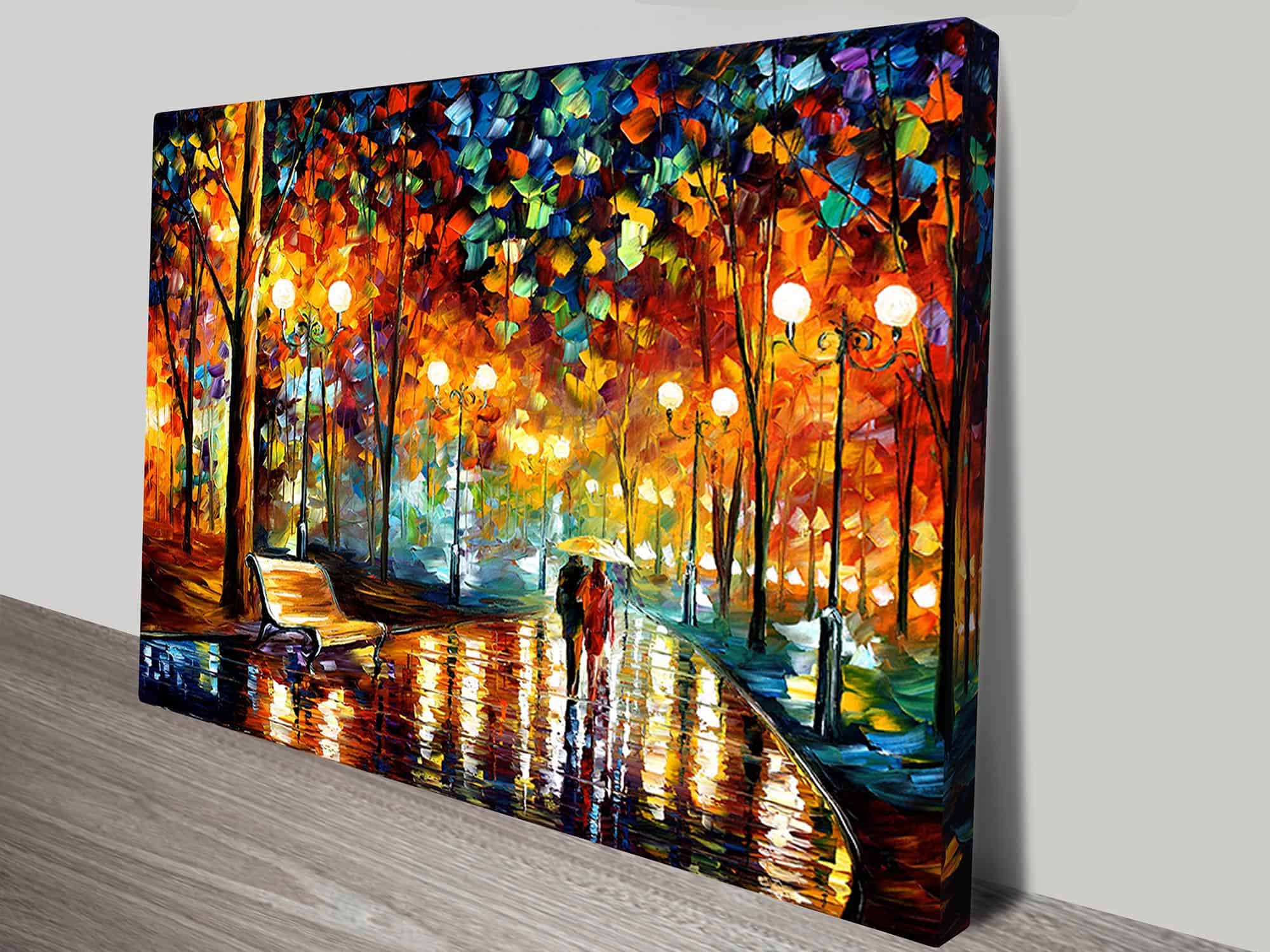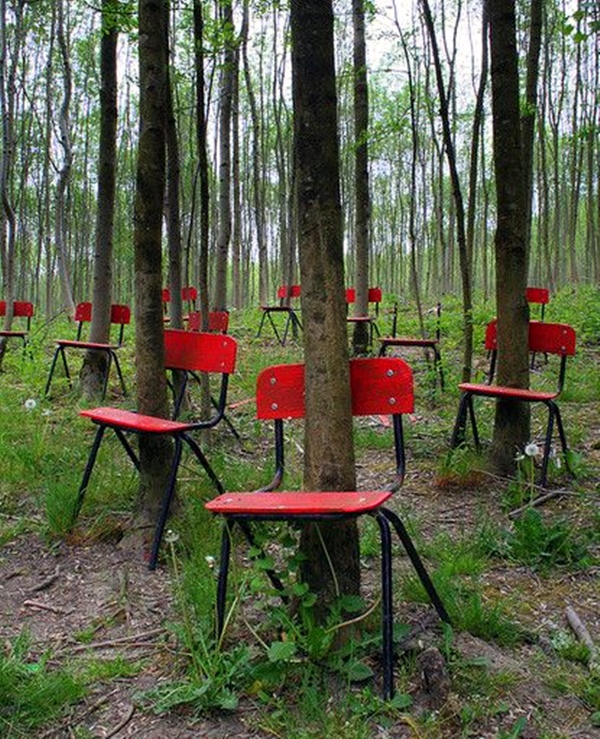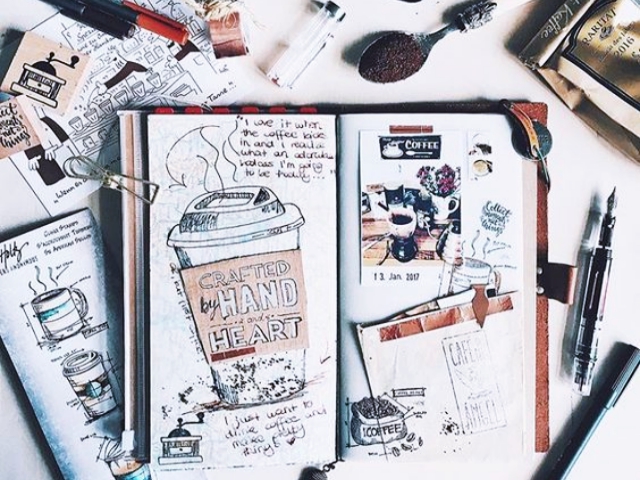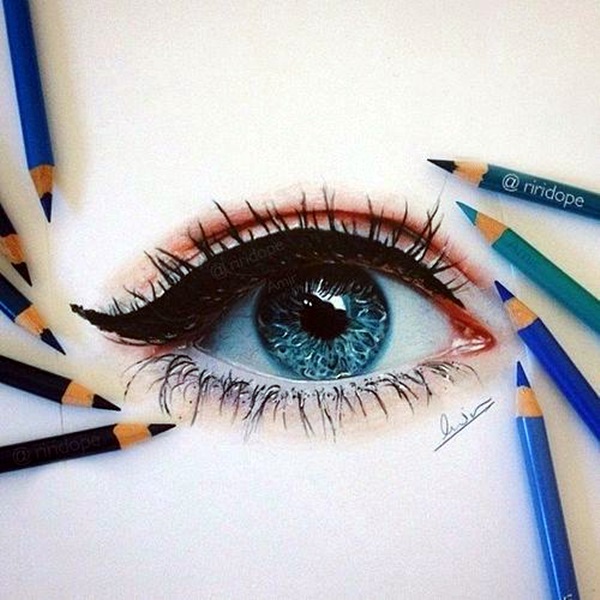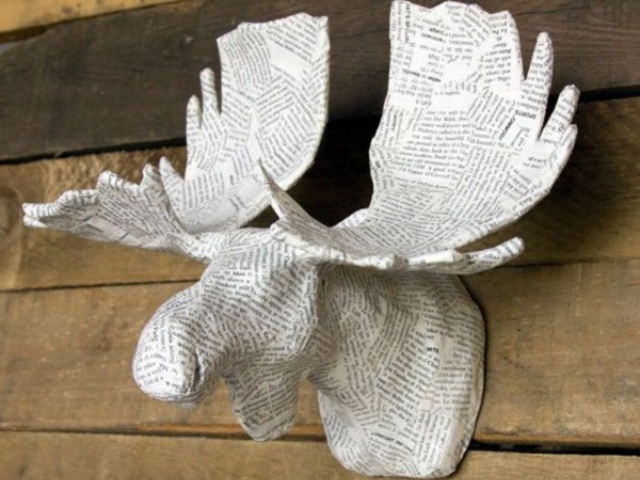Pencils have not gotten as much credit as they should get when it comes to the visual arts. But the fact is that pencils can help you produce some remarkable works of art that will leave you reeling with surprise but only if you know what you are doing. To do that, you will have to have a grasp of pencil drawing techniques that will give you an idea on what strokes and techniques to use to get the effect you want to create. All you need to do is look at beautiful drawing pencil sketches and art examples and you will be dying to try to create some of your own. It is only when you learn how to draw with pencils will you realize why they say that simple is not the same thing as easy and while pencil drawings may seem simple they are anything but easy. Whether you are producing deep and profound art or working on scribble art to make your home and office look awesome, you will find this article pretty useful.
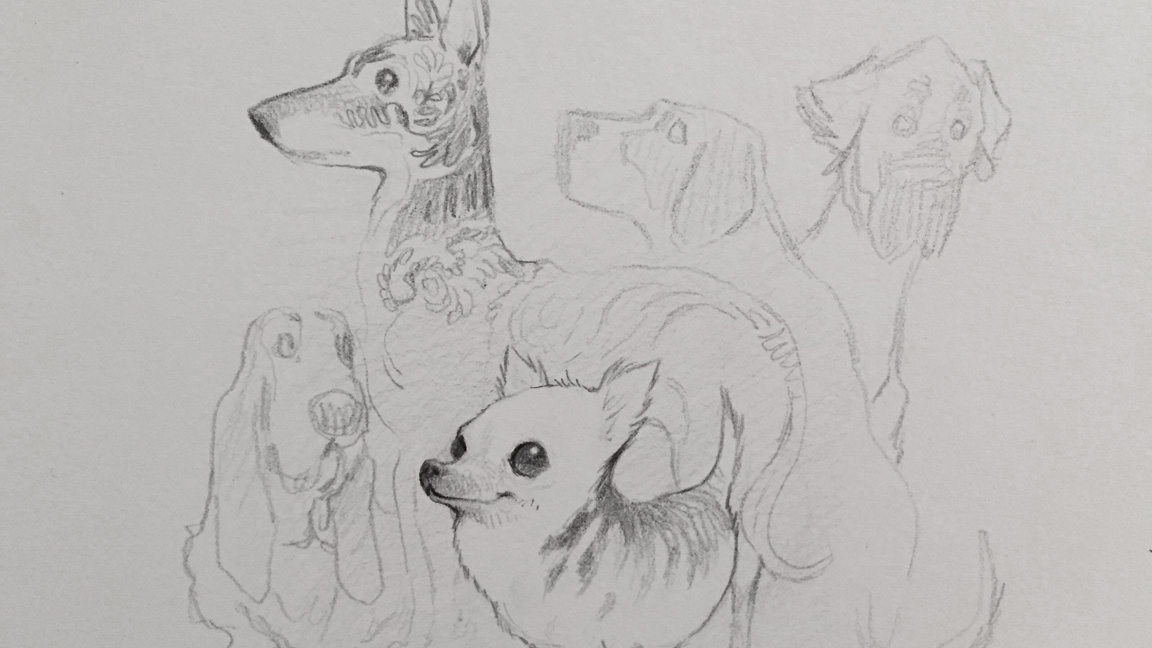
If you have beautiful doodle art ideas but do not know where to direct your creativity, then the best way to go about it is to first master the techniques and then move on to venting your creativity on the surface of your choice.
Given here are some of the basic pencil drawing techniques with examples:
Outlining: This is the first and probably the most basic of techniques that you need to learn to start drawing with pencils. The outline will basically draw out the structure of the drawing or sketch you are trying to make. To do the outline, you need to use the pencil with a firm hand and in a smooth manner. Once you have the outline down pat, then you can draw a heavier outline to ensure that the outline is firm and fixed. It could be simple as thickening the outline by drawing it out with small thicker lines.
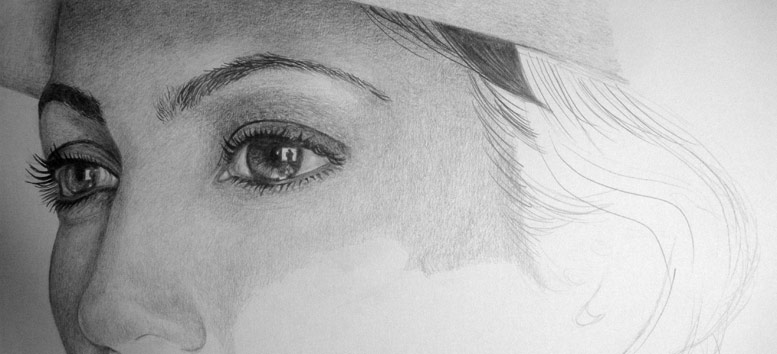
Hatching: This is a simple technique of drawing out small lines that are bunched with each other to fill out color in the outline you have created. You can use this technique to shade the drawing by varying the density of your strokes.
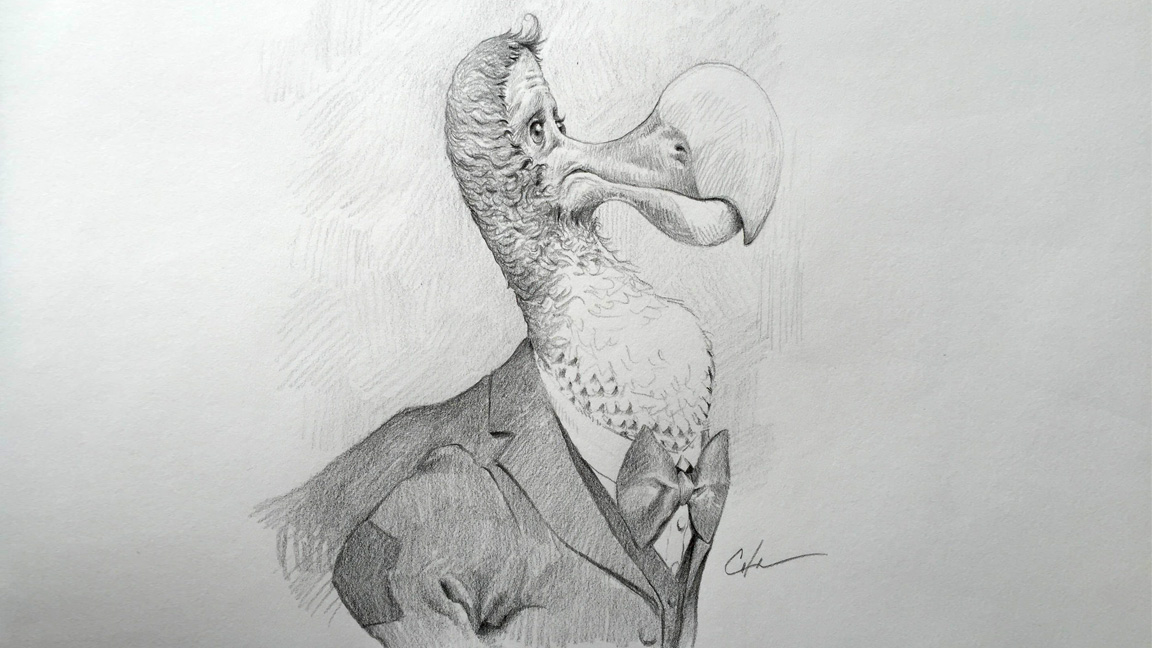
Cross hatching: This is basically the same technique as above except that the lines are drawn to form crisscross pattern. Once again, the lines that are drawn first and then in the cross way is drawn are drawn quite close to each other and the intensity of the lines will vary according to the shading effect you want to achieve.
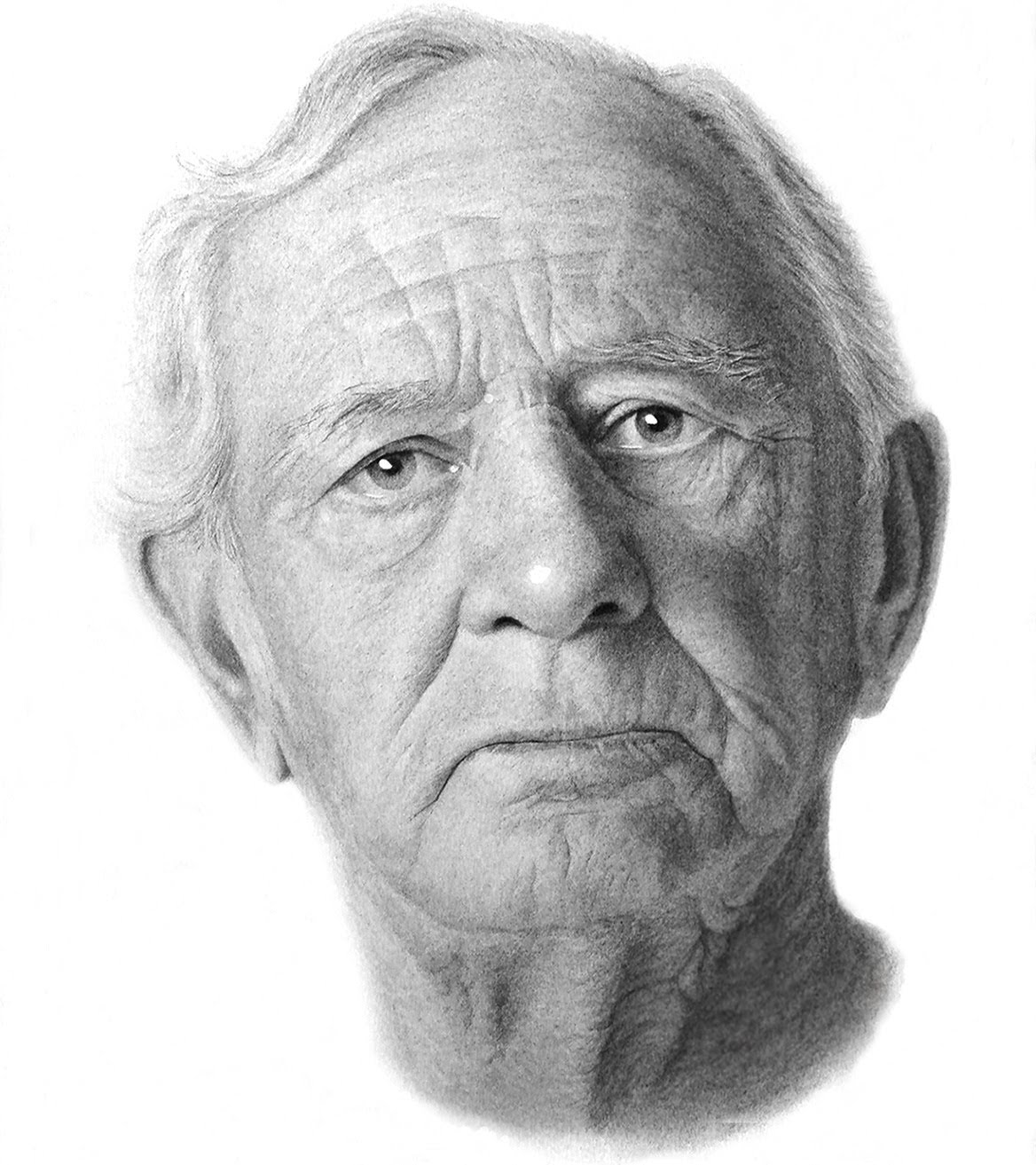
Stipping: This also works on the same principle of hatching and cross hatching, except that in this case, the lines drawn are very short and can be compared to small slashes. It is a good way to draw facial hair like stubble or for creating the iris of the eye.
Back and forth stroke: This is a technique that we used a lot in school when we were much younger and is a simple technique of drawing lines back and forth progressively in most cases, without lifting the pencil off the paper.
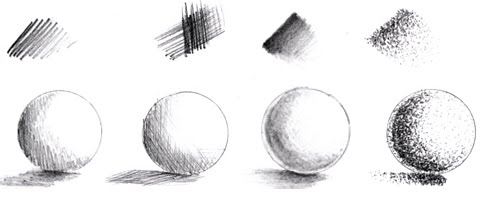
Scumbling: This is a technique that is done by drawing a dense color pattern by moving the pencil around in circular patterns. In case you want to keep the shading right, this is a good technique to go with. You can later on gently blend the color once you are done drawing to create a smoother look.
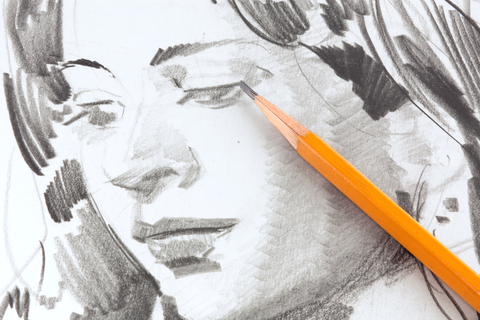
As you may be aware, these are just basic pencil drawing techniques and mastering these are essential to be able to draw well.

